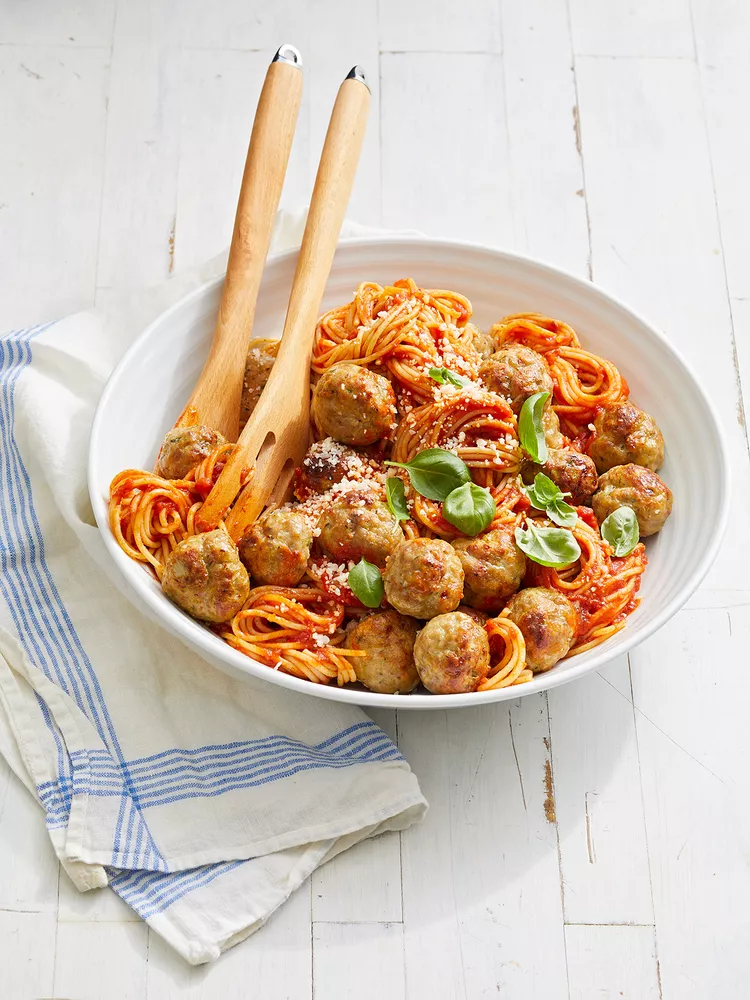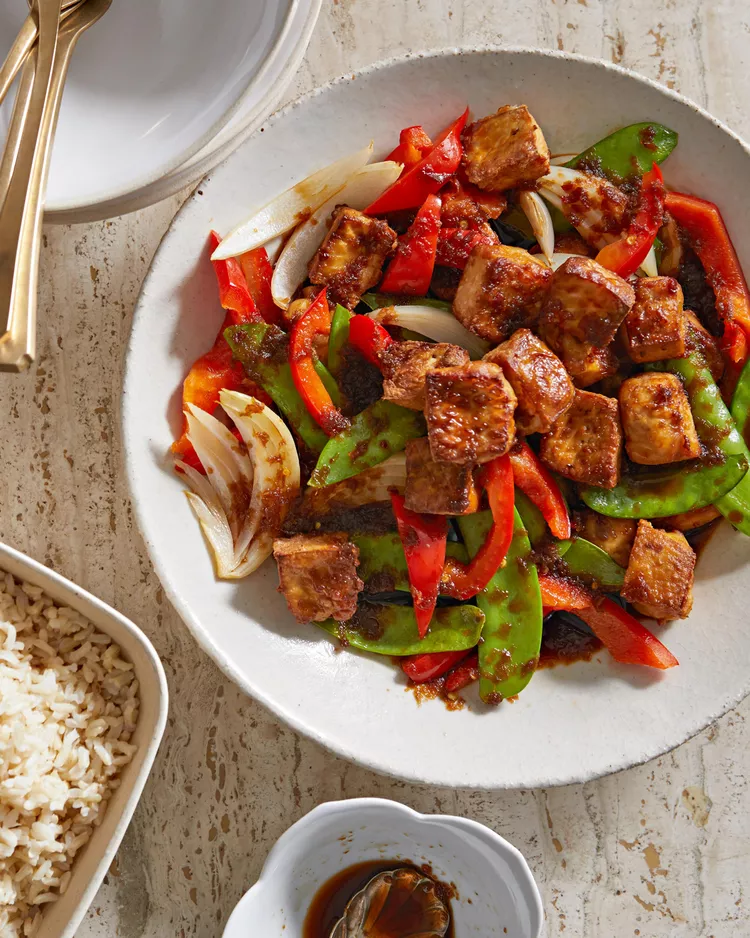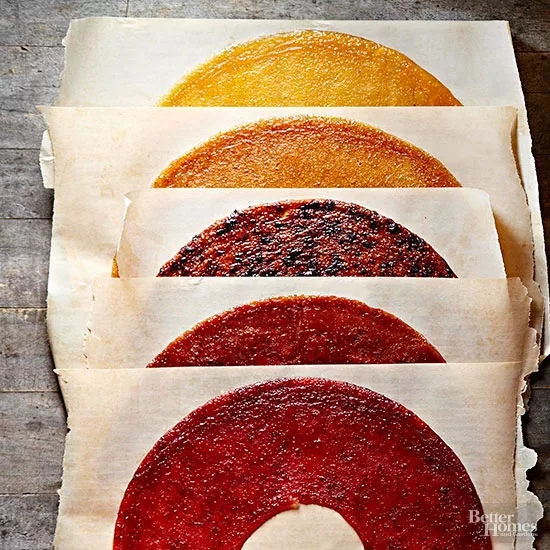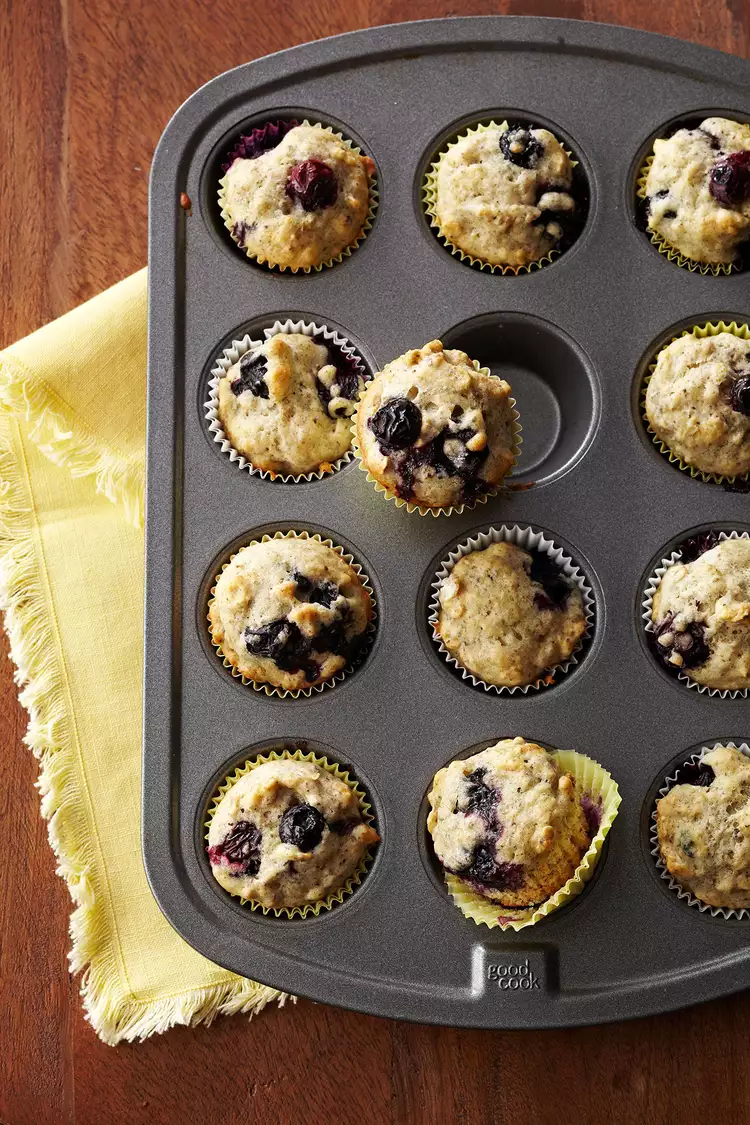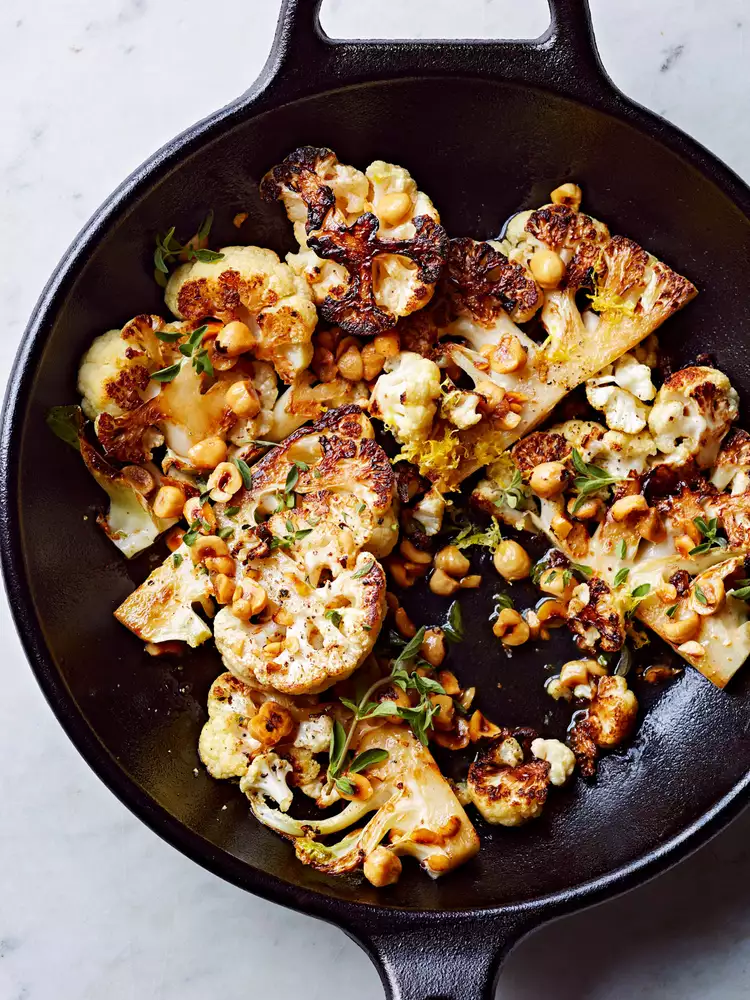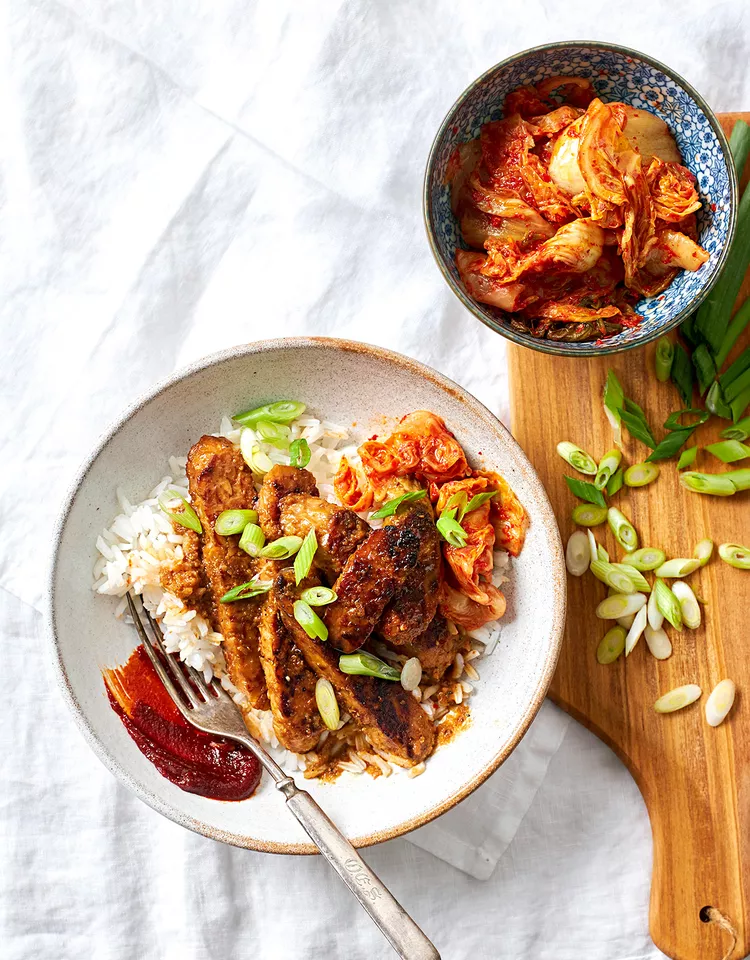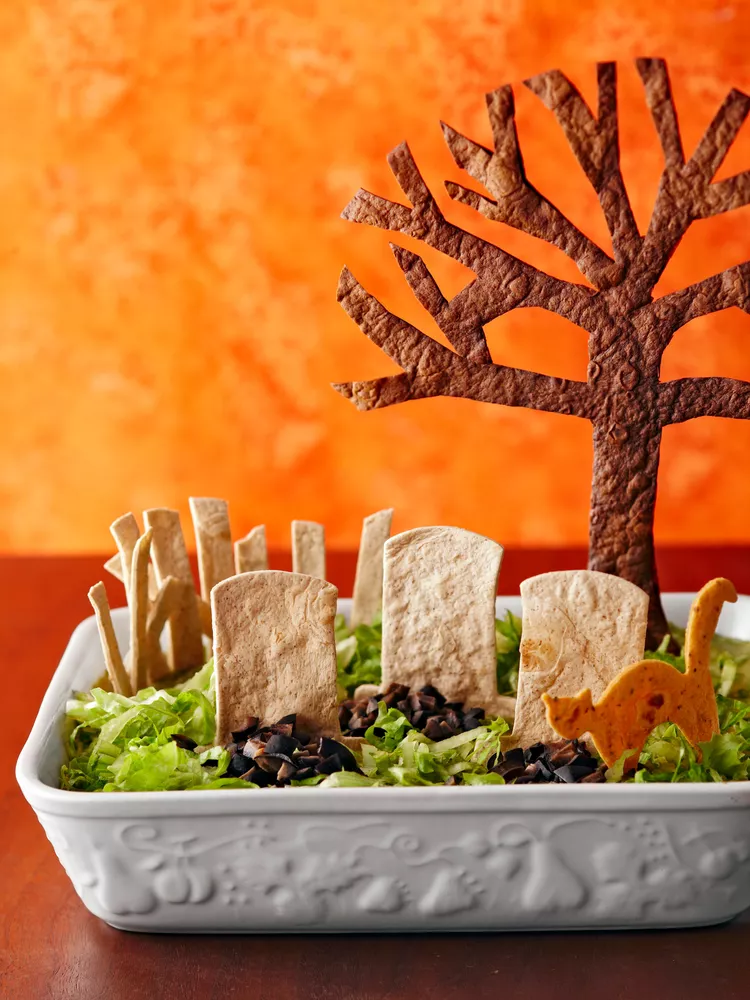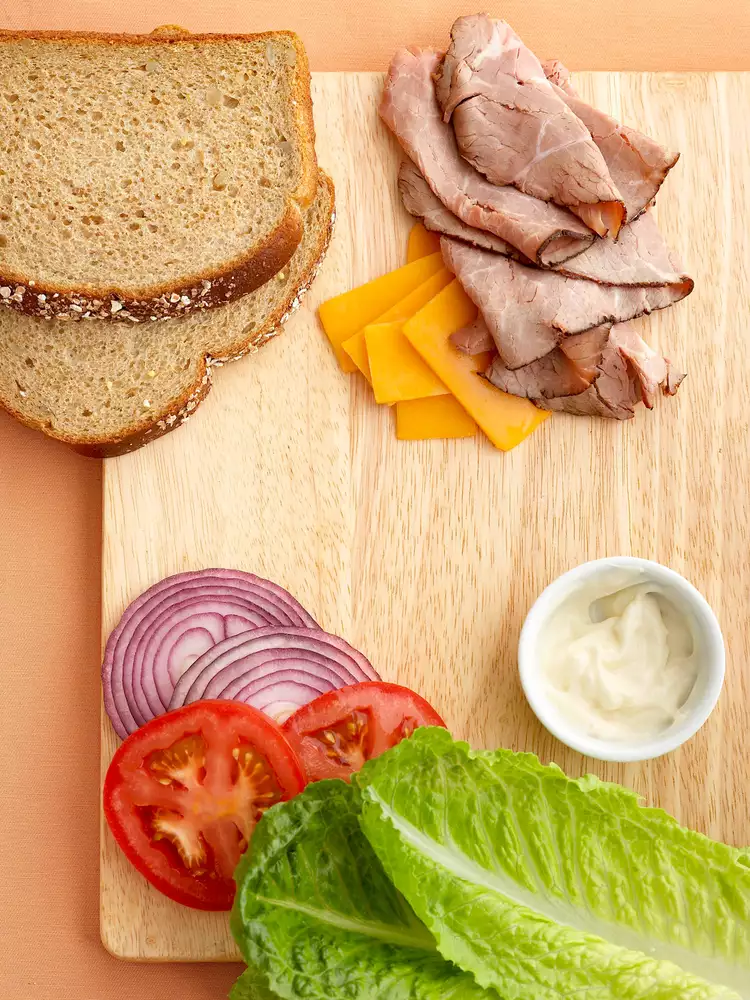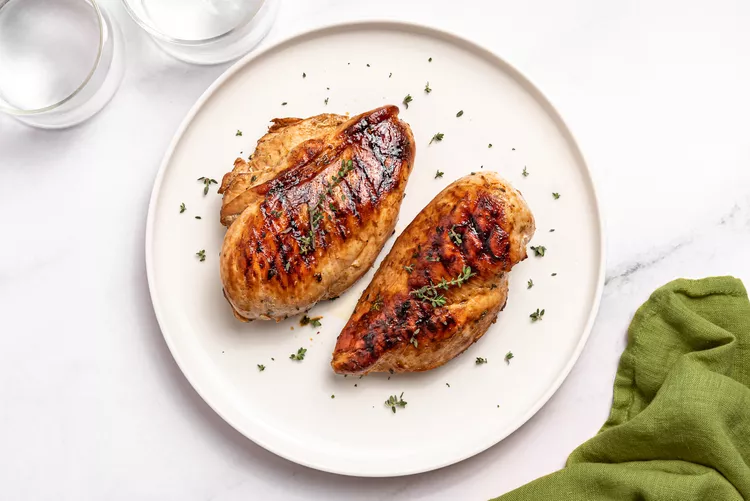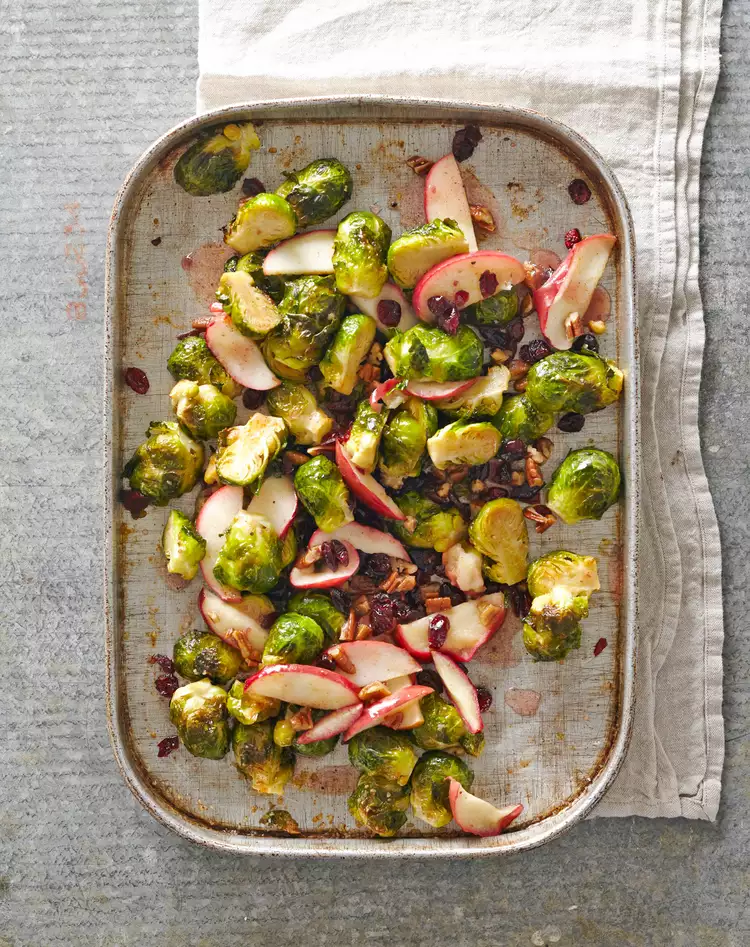From whether you can convert a cake into cupcakes to how to make a meringue pie that doesn’t weep to how to substitute brown sugar for white sugar (and vice versa), here at BHG, we love tackling all of your biggest baking conundrums head on. Chances are high that if you’re curious about a specific question about how to bake, we’ve been there and tested that.
One of the most common questions we get in the baking space relate to cookies; or more specifically, cookie dough. Readers email, write, and DM us often to ask about whether you need to chill cookie dough, how long to chill cookie dough, and when you can skip it.
Chilling out is such a hot topic, in fact, that Zoë François, a Minneapolis, Minnesota-based baker, cookbook author and TV Host of Zoë Bakes, has an entire chapter in her upcoming book, Zoë Bakes Cookies (which is set to debut in fall 2024), on the variables of chilling and baking cookies.
“It’s endlessly fascinating how the dough changes and allows us to create our own personal cookie perfection,” François says.
To get the scoop about how we can achieve our own perfect bakes, we tapped François, Alisa Woods, owner of Sift n Sprinkle Bakery in Des Moines, Iowa, and Meggan Hill, executive chef and CEO of Culinary Hill to share their secrets. Read on for the definitive answer about how to chill cookie dough (and to get permission about when you can skip it).
The Benefits of Chilling Cookie Dough
“In general, you want to chill any cookie dough where the shape or size of the finished cookie matters,” Hill says.
There are three main reasons why recipes suggest chilling cookie dough.
- Shape. Since most cookies are made with softened butter, which is then creamed with the sugar to act as the foundation, it’s best to chill the dough after mixing to allow that butter to cool off. “Cookies made from chilled dough expand more slowly as they bake,” Hill says. “Because the fat is solid, the cookies will spread less and you'll wind up with taller, chewier cookies instead of flat cookies.”
- Ease of handling. Whether you’re scooping out balls of dough, rolling it into a rectangle to make cutout cookies, or slicing rounds from a log of icebox dough, it will be much easier to work with if you chill the cookie dough before trying to form the cookie shapes. This will allow you to cut clean shapes and avoid dough sticking to your rolling pin, scooper, or hands, François says. This is especially important if the cookie dough is naturally sticky.
- Flavor. “Chilling your dough creates a greater depth of flavor because the flour breaks down and releases its sugars, giving you a sweeter cookie,” explains Woods, who has won dozens of blue ribbons at the Iowa State Fair. Even a short shift in the fridge will do, however, long periods of chilling time (such as 3 to 5 days) allows the cookie dough to dry out, Hill adds. This is actually a good thing; it leads to even more concentrated flavor.
The Best Way to Chill Cookie Dough
The best shape to chill cookie dough depends on how you’re planning to portion it.
- For scooped or rolled cookies: Chilled dough is challenging to scoop, so Hill suggests scooping the room temperature balls after mixing. Place them on a baking sheet or plate, then transfer the dough to the refrigerator to chill. “If you forgot to scoop the dough before chilling, you may need to let the dough warm up for 5 to 10 minutes before it becomes ‘scoopable,’” Hill advises.
- For cutout cookies: If you’re chilling it for just an hour or two, feel free to refrigerate the dough in the bowl you mixed it in. For longer storage, we recommend forming the dough into a large round, then wrapping it in plastic wrap. This will protect the dough from any potential aromas in the fridge.
- For slice-and-bake icebox cookies: On a sheet of plastic wrap, transfer the room temperature dough. Roll up one edge of the dough to begin to form a log shape, using your hands to press and stretch the dough as needed. Shape the dough into about a log that’s about 2 inches in diameter (or the size specified by your recipe). Roll the other side of the plastic wrap up and twist the ends.
How Long to Chill Cookie Dough
The bakers we spoke to—and the Better Homes and Gardens Test Kitchen—agree: chill cookie dough in the refrigerator for at least 30 minutes to begin to accrue all of the aforementioned benefits.
“Longer can be even better,” François says. “It gives the dough time to really firm up and the ingredients time to marry together, which can change the texture and even the flavor of the baked cookie.”
Woods is a firm believer that 8 to 10 hours is when you’ll start noticing a flavor difference. If you have time to extend this, your batch will likely have “noticeably deeper flavor and darker color than cookie dough baked on the day it is made,” according to Hill.
Related: Do You Really Need to Use a Cooling Rack for Cookies?
The #1 Shortcut to Chill Cookie Dough Quicker
The ultimate way to hit fast-forward on this process: your freezer.
“Putting cookie dough in the freezer can speed up the chilling process by a lot,” Hill says. “A good rule of thumb is to freeze cookie dough for 25% of the time you would normally refrigerate it. That means that if a recipe calls for refrigerating the dough for 1 hour, pop it in the freezer for just 15 minutes.”
If you happen to forget the dough that you put on ice and come back to discover it frozen, simply allow the cookie dough to sit out at room temperature until it’s pliable.
Just keep in mind that results may vary if you try to rush the process.
“If you freeze cookies instead of refrigerating them, the outside of the dough ball will be chilled and solid, but the inside may still be soft, so it can bake unevenly. You will want to experiment with baking the dough frozen or bringing it back to room temperature,” François says.
One way to sidestep that temperature variation is to fully freeze the dough.
“To make life easier, I recommend mixing a bunch of cookie dough, portioning it into the right size and then freezing the dough balls or logs in freezer bags. Then you can bake them just before serving or gifting, so they are fresh,” François says.
Or if you’d prefer to allow them to luxuriate in the smell of fresh-baked cookies—and have the opportunity to bake on demand—treat others to a bag of frozen cookie balls. Woods says that this is her go-to food gift for new parents just home from the hospital and for pals recovering from surgery.
Label the frozen dough with the recipe name, date you made it (frozen cookie dough lasts up to 3 months), and baking instructions, and you’re all set to share one of the sweetest presents possible.
“They (or you!) get the benefits of a chilled dough and the ability to cure a late-night craving for one chocolate chip cookie in about 10 minutes plus preheat time,” Woods says.
Check out our complete guide for how to freeze cookies and cookie dough for a primer about slice-and-bake cookies, too.
When You Don’t Need to Chill Cookie Dough
If the recipe calls for butter and is meant to be pillowy and evenly-round, you’ll want to chill the cookie dough.
Woods asks, “Why wouldn't you want a sweeter, more complex cookie?”
There are a few exceptions to this rule:
- You’re aiming for a cookie that spreads. Bake right after mixing or allow chilled dough to come back to room temperature before baking if you prefer a flat, crispy, or crunchy cookie.
- You’re making a less traditional cookie. This overview has focused on butter-based cookies baked on a sheet pan. There’s no need to chill cookie dough for most bar cookies, unless you prefer the flavor difference. We do not recommend chilling macarons, spritz cookies, or other creations that involve a cookie press or piping; this will be much more challenging with a chilled mixture.
- You’re crunched for time. “If you need cookies immediately, you can always skip the chilling step and get them in the oven to expedite your enjoyment,” Hill confirms.


